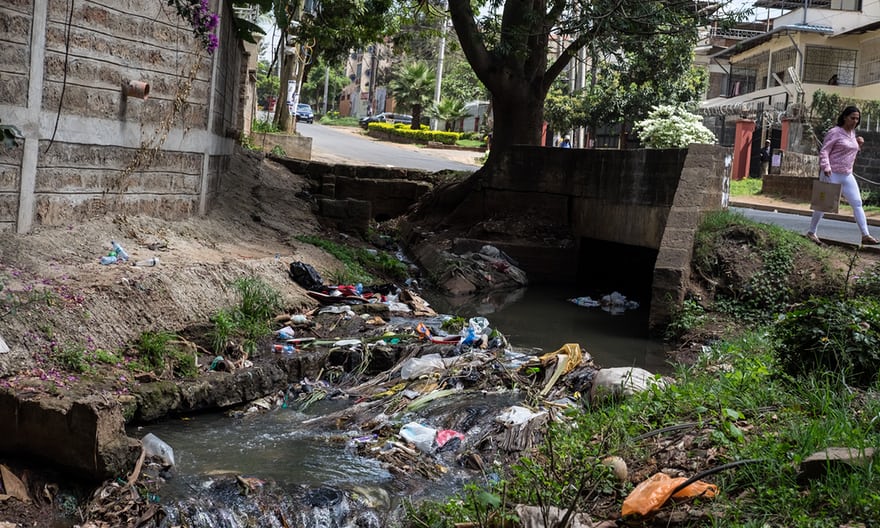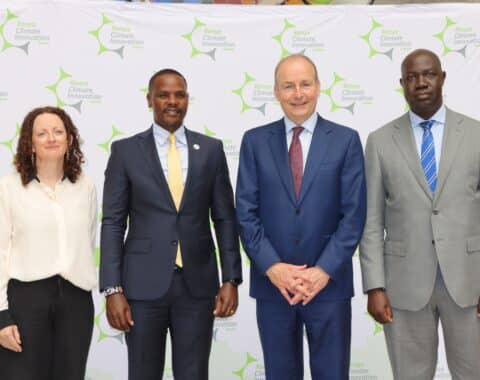
It was my first time in Europe and I landed there at the tail end of winter. It was cold outside and coming from East Africa, the cold felt worse. Our host picked us from the airport and dropped us at our hostels then proceeded to show us places where we could shop, catch the bus or train among other things.
Soon she left us and a few of us decided to go pick a few items from the supermarket. We picked a number of food items and moved to the till to make the payment. The cashier asked us if we also needed packing bags and on responding positively, she billed for the plastic bag, packed our goods and we left. For the two weeks I was in that country, I always carried a plastic bag to the store to avoid paying for another one.
The current ban on plastic bags in Kenya is both a challenge and an opportunity depending on how you look at it. The immediate area of concern is the thin plastic bags used for packaging products and groceries in retail stores. Before plastic bags became prevalent and convenient, supermarkets packed bought goods in paper bags and no one complained. While that may not be the most appropriate way to address the current challenge because it will translate to cutting down of more trees, new concepts that are reducing the demand for natural resources like circular economy may be the solution.
The circular economy is part of Sustainable Development Goal (SDG) 12 on responsible consumption and production. The circular economy is based on the principles of reduce, re-use and recycle. It requires collaboration along the value chain so that manufacturers only make the kind of plastic that can be recycled, retailers and those involved in commercial and household packaging reduce the amount of plastic used and consumers re-use and recycle whatever plastic lands in their hands.
According to UN Environment, over 100 million plastic shopping bags are given out every year by supermarkets in Kenya. About 4,000 tons of single-use plastic bags are produced each month and half of them end up in municipal waste streams including papers along the streets that eventually block drainages and those that form a large portion of the garbage in major dumpsites. Besides paper, plastic bottles also contribute to the plastic waste menace in the country. Indeed, it is critical that beyond the ban on plastic bags, Kenya also does something about the bottles. Already UN Environment has adopted the use of recyclable glass bottles for water.
The circular economy not only encourages a reduction in the use of plastic, but also promotes sustainable plastic waste management. Some of what is needed to promote recovery and recycling is already in place. There are some recycling companies that are turning plastic waste into building materials, furniture and other artefacts. They have a team that goes round collecting the waste which they later sort and recycle. The main challenge has been their limited processing capacity. To enhance the effectiveness of the ban, government should point the country to existing alternatives and also give incentives to more private sector players who can recover and recycle the existing plastics. According to Rajesh Kent, Chief Executive Officer of Alternative Energy Systems a company that recycles plastics in Thika, Kenya, “There is so much plastic out there as is (even with the ban), it would take years to go through it.”
On the other hand, there are opportunities for enterprises to create alternative and biodegradable commercial and household packaging solutions and put them in the market. Complaining about the ban will not solve any of the resultant problems, instead let us be solution oriented and think of ways that we can reduce the use of plastic bags and bottles even at an individual level.
By Esther Kahinga Picture courtesy: theguardian.com












